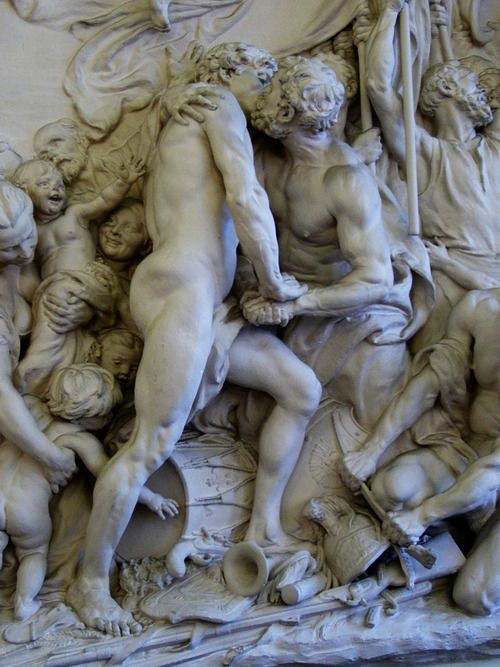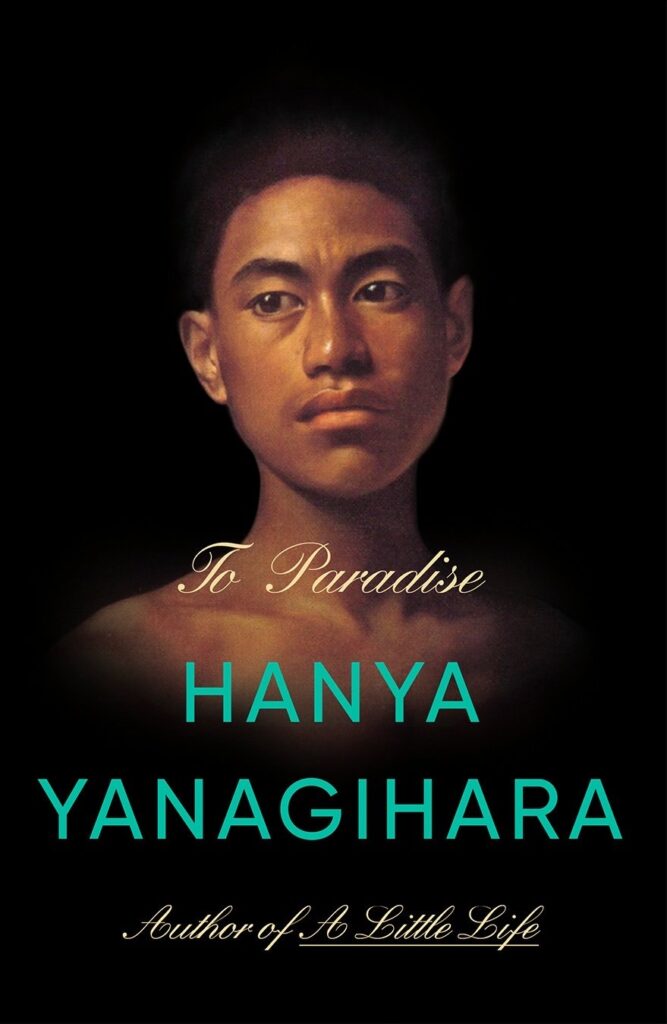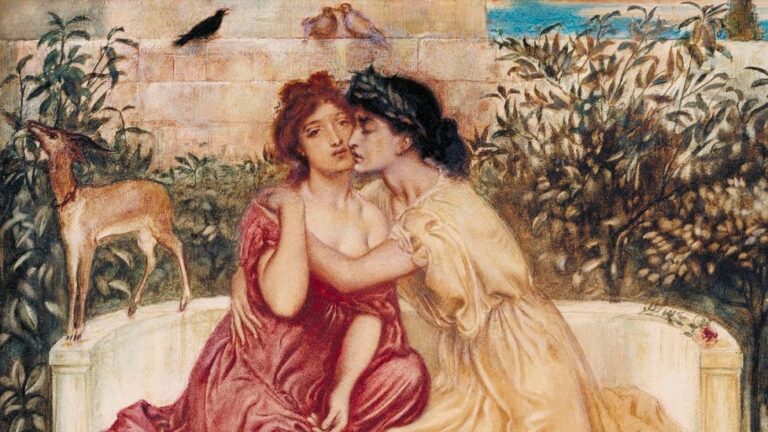The works of American novelist Hanya Yanagihara are marked by extravagant trauma and opulent suffering of homosexuals. They unleash a world of borderless desire.
“All ethics and morals are culturally relative. And Esme’s reaction taught me that while cultural relativism is an easy concept to process intellectually, it is not, for many, an easy one to remember.” (The People in the Trees by Hanya Yanagihara)
Welcome to the (fan) world of Hanya Yanagihara, the American author who unmuted the unfamiliar and unheard voices of the ‘Two-Spirit’ or homosexuals in a fiendish way. She has been praised as well as criticized for her ideas and themes. All her novels ⸺ be it A Little life or The People in the Trees or the latest, To Paradise ⸺ foreground the trauma and the anathema that has been attached to homosexuality and celebrated the ‘queerness’ as a blessing and an exigency that has to be normalized.
Homosexuality has been an area of intense debate in the western academic discourse since the 1990s. The attachment of the terminology ‘Queer’ to LGBTQ studies has sparked headted debates and formed myriad associations worldwide.
But why Queer? Same-sex love has been explained as unnatural and an abomination by the West. Western education and canon abhorred homosexuality and termed it repugnant and odious. While same-sex (love) was not uncommon or strange in the pre-colonial era, the stigma attached to homosexuality in certain religions, especially the Abrahamic ones, resulted in stringent rules, and the penalties included death sentences. Further, western education under the tutelage of missionaries linked homosexuality to shame and fear.

Pre-colonial times generally accepted sodomy as natural. Thinkers such as Socrates had same-sex bondings. Greek philosophers such as Plato and Aristotle discuss the many aspects of homosexuality. Even the Hellenophile emperor Hardin was famous for his relationship with his subject, Antonious. Even though the Middle Age society condemned sodomy, many of the rulers entertained and indulged in same-sex rendezvous. The Renaissance Europe practiced it and the major shift happened with the Church becoming powerful and so with it the laws implemented by the Pope.
Geographies such as South East Asia, Africa and East Asia normalized and accepted homosexuality as natural. The likes of China, Japan and India nurtured sodomy as part of their culture. Some others revered it as godly or divine. Japanese Samurai and Buddhist monastic lives incorporated sodomy as part of their culture and this has given rise to many famous paintings and literature. Thai ‘ladyboys’ or transvestites still enjoy their status as the third gender. There are many references of same-sex indulgences in the ancient Egyptian culture too. A major shift happened in the African societies towards homosexuality with the introduction of Islam. Death penalty and flogging became the punishment and now-a-days they simply deny and ignore sodomy.
Homosexuality in America
The indigenous people of America, before colonization, attached ceremonial role to homosexuals and transgenders with them ritualizing certain aspects of the society. The 18th and 19th Central America witnessed sodomy being attacked as a crime and a total annihilation of it from their culture. Post war II witnessed homosexuality being treated as a mental disorder and the writings of Michael Foucault, that revolutionized the academic circles, attacked sodomy as abnormal and anti-social. The Stone Wall riots of 1969 in New York was one of the unconstrained demonstrations organized by the Gay community and their supporters against the government for harassing and victimizing them.

While tracking the treatment of this particular topic, Yanagihara’s To Paradise vocalizes the trauma and confusion that homosexuality had suffered in the past, how it is in the present and how it will be in the future. Considered as a ‘dystopian-futuristic’ novel and as a ‘fin de siecle’, To Paradise is compartmentalized into three sections with a replaced innovation of New York beginning with 1893 to 2093. Through delusional suffering and trauma connected with sodomy, she has narrated and prophesied the societal as well as the psychological laceration that the homosexuals have suffered and yet to suffer. With homosexuality as the undercurrent in all her three novels, Yanagihara has tried to deal with so many other issues like the Hawaiian dilemma and the social stigma attached with sodomy in the United States. She has successfully retained the same character names throughout the three sections with New York as the backdrop.
Tale of human relationships
Pain characterizes Yanagihara’s characters. Profound pain and human suffering leaves readers with sobbing breaths and aching hearts. With the backdrop of a gay relationship, her A Little Life leaves one with a bruised self with the voyeuristic peep into the life of Jude and his three friends. Her characters go through immense tortures like childhood molestation, peadophile attacks and rape. There have been pages that are so unbearable because of the excruciating pain and the suffering that one may feel like losing it big way. Heart breaks and gut wrenches and desolation leads to an ultimate relief with her amazing multi-dimensional characters. Her debut novel The People in the Trees is all about a scientific break through of a scientist who discovers a turtle that when eaten provides immortality for human beings. It deals with the base, core nature of humans to achieve immortality with so many other complexities ruining them further and further. Creepiness permeates this work of hers with the voodoo kind of happenings that occur in a recently discovered Micronesian island. Written in the form of a memoir, this book explicates and lays bare the paradox concerning the thin line that differentiates a genius from a monster. Child abuse and homosexuality is treated in an entirely different manner in this work.

What struck me hard is the rich and masterful way Yanagihara has nurtured and replenished her prose that it throbs at the right place at the right time. Themes like colonization, ecological destruction, multi-culturalism of New York and dilapidating human relationships are all intertwined and amalgamated with the question of ‘moral relativism’ that which has been the trademark of all her works. Through the channels of moral depravity and luxurious hardships, she has tried to normalize homosexuality. Her works make one unsettled and uncomfortable with so many questions about homosexuality and queer issue as such. After each book, the hangover one feels is gargantuan and reality and fantasy is mixed in such a way that an aporia awaits us.




